
Elbtunnel: A Subterranean Journey Through Time
Descend into history beneath the Elbe River in Hamburg's iconic Elbtunnel, a marvel of early 20th-century engineering offering stunning city views and a unique underwater experience.
Descend beneath the Elbe River into a time capsule of early 20th-century engineering. The Elbtunnel, also known as the St. Pauli Elbtunnel, is more than just a means of crossing the river; it's a nostalgic journey into Hamburg's maritime past. Opened in 1911, this 426-meter-long tunnel connects the bustling St. Pauli Landungsbrücken with the island of Steinwerder, offering pedestrians and cyclists a unique underwater experience. Marvel at the original elevators that transport you down 24 meters, admire the intricate ceramic reliefs adorning the tunnel walls, and soak in the panoramic views of the Hamburg skyline from the Steinwerder side. A visit to the Elbtunnel is a step back in time and a testament to Hamburg's rich industrial heritage, providing a memorable and free experience for all.
A brief summary to Elbtunnel
- Hamburg, DE
Local tips
- Take the elevator down for a unique experience and admire the original machinery.
- Don't miss the ceramic reliefs inside the tunnel depicting scenes of river life.
- Enjoy panoramic views of the Hamburg skyline from the Steinwerder side of the tunnel.
- Visit during off-peak hours to avoid crowds and fully appreciate the tunnel's atmosphere.
- Check the Hamburg Port Authority website for any updates on elevator maintenance or closures.
Getting There
-
Public Transport
The most convenient way to reach the Elbtunnel entrance is via public transport to the Landungsbrücken station. Take the U3 subway line or the S1, S2, S3, or S5 S-Bahn lines to 'Landungsbrücken'. From the station, the Elbtunnel entrance is a short walk towards the iconic Landungsbrücken piers. A single ride ticket within Hamburg (rings A and B) costs approximately €3.80.
-
Walking
If you are already near the Landungsbrücken, simply walk towards the large domed building located at the western end of the piers. This building houses the entrance to the Elbtunnel. The walk along the Landungsbrücken promenade offers scenic views of the harbor.
-
Taxi/Ride-Share
A taxi or ride-share from Hamburg city center to the Landungsbrücken will typically cost between €12 and €20, depending on traffic and distance.
-
Parking
Parking near the Landungsbrücken is limited and can be expensive. The 'Parkdeck Bei den St. Pauli Landungsbrücken' is the closest parking facility, but it has a maximum parking duration of 2 hours and costs €6. On-street parking is also available, but spaces are often quickly occupied. Consider using Park+Ride (P+R) facilities at S-Bahn stations further from the city center and taking the train to Landungsbrücken to avoid parking hassles and higher costs.
Discover more about Elbtunnel
Iconic landmarks you can’t miss
Elbtunnel
0.0 km
Descend into history beneath the Elbe River in Hamburg's iconic Elbtunnel, a marvel of early 20th-century engineering offering stunning city views and a unique underwater experience.
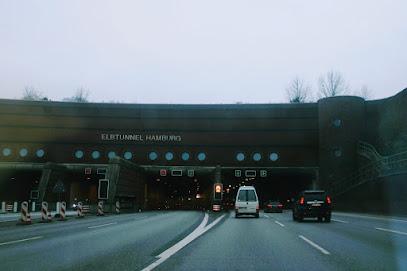
Elbchaussee
3.0 km
Experience Hamburg's elegance on Elbchaussee: a scenic waterfront promenade with stunning views, grand villas, and lush parks, offering a tranquil escape and a glimpse into the city's rich maritime history.
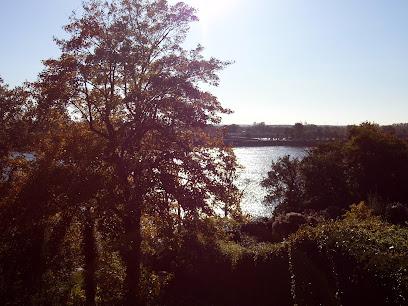
Wohlwillstraße 1
3.3 km
Immerse yourself in the vibrant heart of Hamburg's St. Pauli: experience its raw energy, rebellious spirit, musical heritage, and diverse cultural scene, starting from Wohlwillstraße 1.
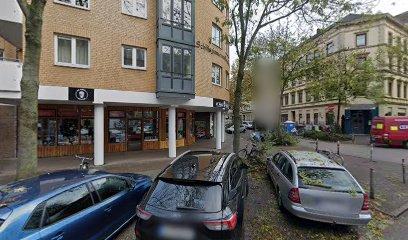
John Lennon, Rock 'n' Roll Doorway
3.4 km
Walk in the footsteps of a Beatle at this iconic Hamburg doorway, immortalized on John Lennon's 'Rock 'n' Roll' album cover, and experience the city that shaped their sound.
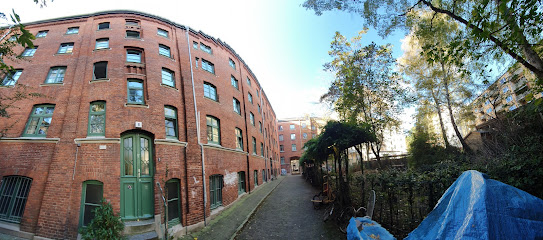
Graffiti Hall of Fame Bunker Red Flora
3.7 km
Explore Hamburg's vibrant street art scene at the Graffiti Hall of Fame Bunker Red Flora, a dynamic canvas showcasing global artists behind the Rote Flora in Sternschanze.
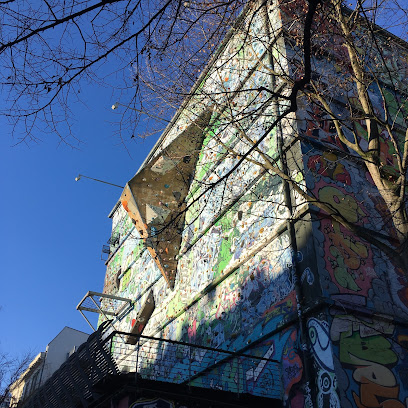
Flora Park
3.7 km
Discover Flora Park in Hamburg: A unique blend of nature, history, and alternative culture in the heart of Sternschanze, featuring gardens, art, and the Kilimanschanzo climbing wall.
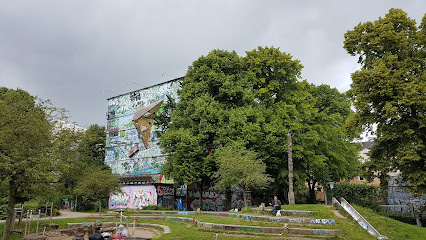
Reeperplatz
3.7 km
Experience the vibrant nightlife and unique culture at Reeperplatz, the heart of Hamburg's entertainment scene, surrounded by eclectic bars, clubs, and eateries in the lively St. Pauli district.
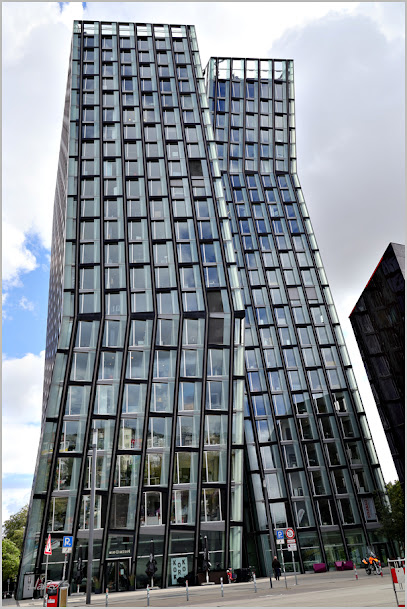
Pegelturm St. Pauli Landungsbrücken
3.8 km
Discover Hamburg's maritime heart at the Pegelturm, a historic water level tower offering stunning harbor views and a glimpse into the city's seafaring past at the vibrant St. Pauli Landungsbrücken.
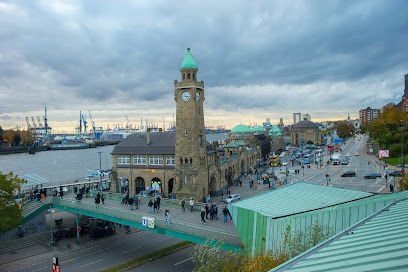
Beckstraße
3.8 km
Discover Beckstraße in Hamburg's Sternschanze: A charming residential street with historical architecture, local shops, and a unique glimpse into the city's past.
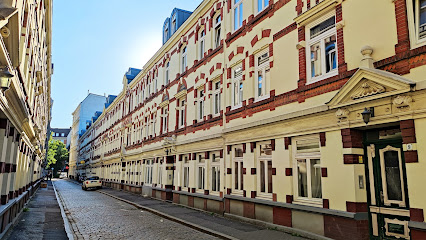
Stintfang
3.9 km
Experience breathtaking views of Hamburg's bustling harbor from Stintfang, an iconic observation deck that captures the city's vibrant spirit and rich maritime history.
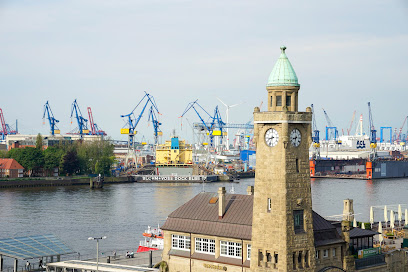
Schleswig-Holstein-Modell
3.9 km
Discover the beauty of Schleswig-Holstein in miniature at this charming Altona attraction, a testament to local pride and a unique educational experience within Volkspark.
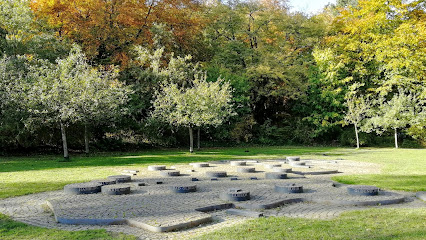
Brücke 1
3.9 km
Experience the heart of Hamburg's maritime heritage at Brücke 1, St. Pauli Landungsbrücken: a vibrant hub for harbor tours, ferries, and stunning waterfront views.
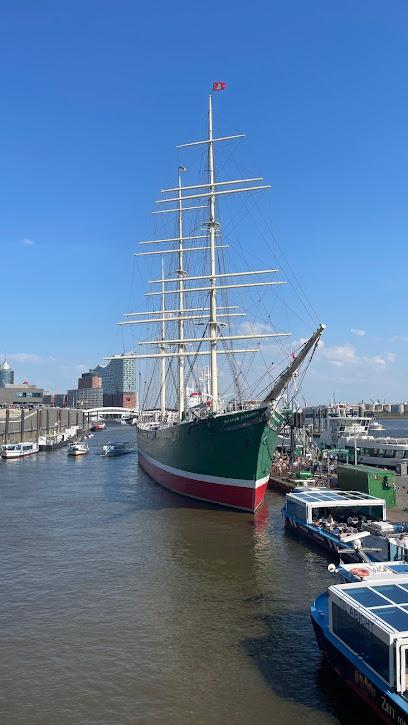
Alter Elbpark
3.9 km
Discover Hamburg's historic Alter Elbpark: a green oasis with stunning harbor views, the iconic Bismarck Monument, and intriguing catacombs, offering a unique blend of nature and history.
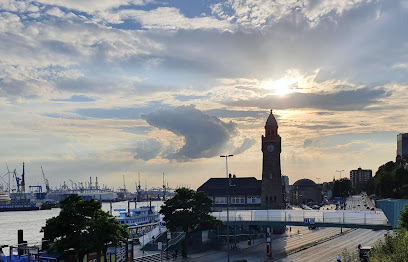
Bismarck Monument
3.9 km
A colossal granite statue honoring Otto von Bismarck, offering panoramic harbor views and a glimpse into Germany's imperial past, located in Hamburg's Alter Elbpark.
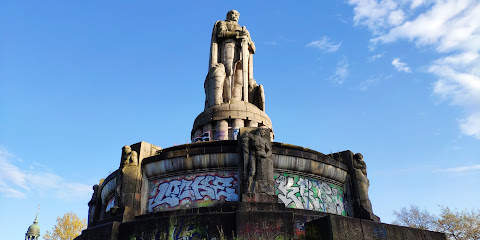
Heiligengeistfeld
4.0 km
Experience the heart of Hamburg's vibrant culture at Heiligengeistfeld, home to the iconic Hamburger Dom and a diverse range of events in the lively St. Pauli district.
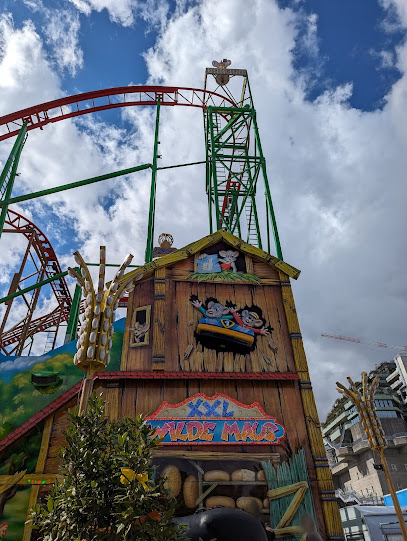
Unmissable attractions to see
Elbstrand
0.7 km
Discover the beauty of Elbstrand, Hamburg's public beach offering relaxation, recreation, and stunning riverside views.
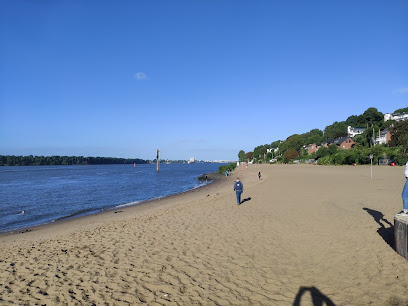
Elbstrand Blankenese Magic Tree
1.2 km
Experience the serene beauty and local charm of Elbstrand Blankenese, a stunning beach along the Elbe River in Hamburg's Altona district.
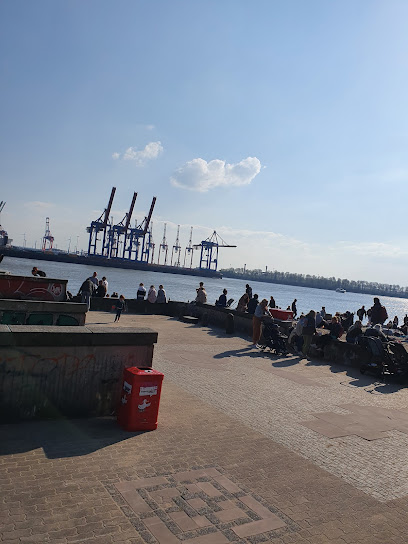
Fahrradtour Hamburg
1.2 km
Discover the charm of Hamburg with guided bike tours that unveil the city's history and scenic beauty, perfect for all cycling enthusiasts.
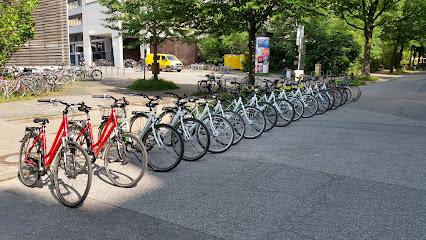
Altonaer Balkon
1.5 km
Explore Altonaer Balkon, Hamburg's scenic park with breathtaking views of the Elbe River, ideal for relaxation and cultural experiences.
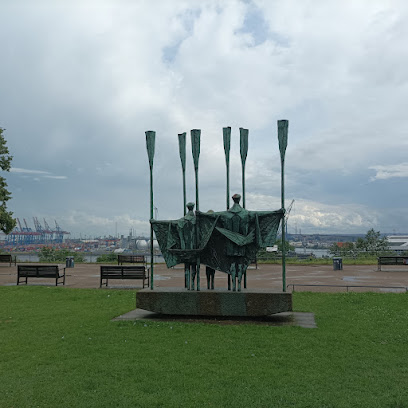
Stuhlmannbrunnen
1.6 km
Discover the tranquil beauty of Stuhlmannbrunnen, a stunning fountain in Hamburg's Altona district, perfect for relaxation and picturesque moments.
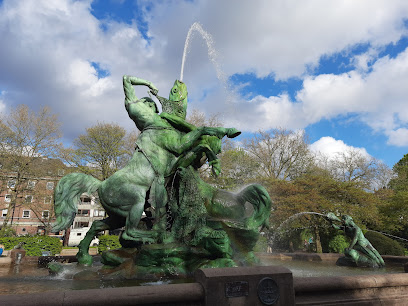
Fischmarkt Hamburg Altona
1.7 km
Explore Hamburg's historic Fischmarkt, where fresh seafood and local culture come alive every Sunday along the Elbe River.
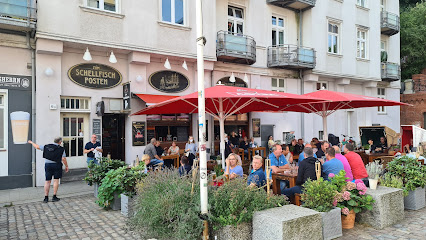
Elbstrand am Hindenburg Park
2.1 km
Experience the serene beauty of Elbstrand am Hindenburg Park, a perfect blend of sandy beaches and lush greenery along the Elbe River in Hamburg.
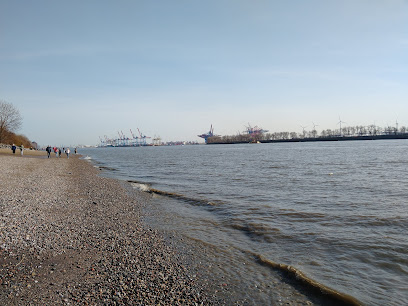
Altonaer Fischauktionshalle
2.6 km
Discover the historic Altonaer Fischauktionshalle, a vibrant event venue in Hamburg offering live music, local cuisine, and a taste of maritime heritage.
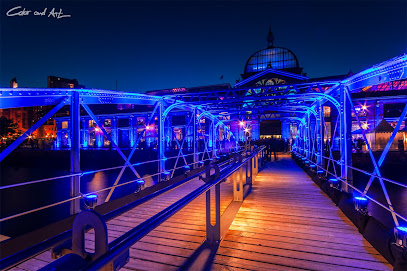
Fischmarkt
2.6 km
Discover the vibrant history and culinary delights of Hamburg's Fischmarkt, a historical landmark offering fresh seafood and local culture.
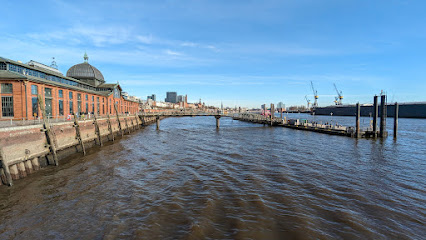
St. Pauli Fischmarkt
2.7 km
Experience the vibrant atmosphere of St. Pauli Fischmarkt, Hamburg's iconic market known for fresh seafood, delicious street food, and lively cultural vibes.
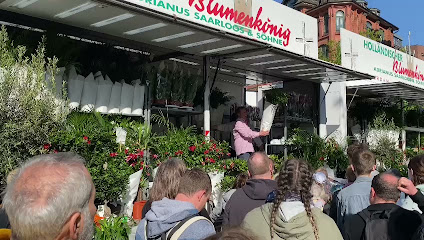
Madonna Seafaring
2.8 km
Discover Madonna Seafaring at St. Pauli Fischmarkt, a stunning monument celebrating Hamburg's maritime heritage and vibrant market culture.
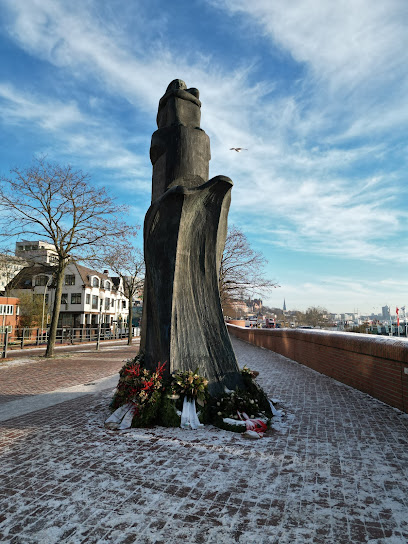
U-Boot Museum Hamburg
2.8 km
Experience the thrill of naval history at the U-Boot Museum Hamburg, home to a preserved WWII submarine and engaging maritime exhibits.
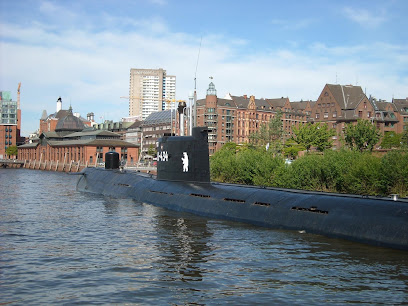
Park Fiction
2.9 km
Experience the blend of nature and art at Park Fiction, Hamburg's vibrant urban oasis, perfect for relaxation and cultural exploration.
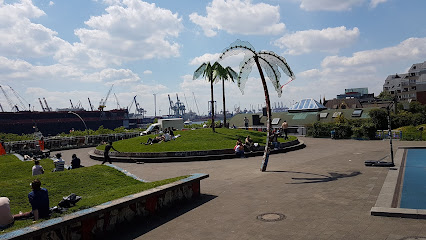
Buntes Haus
2.9 km
Experience the artistic heartbeat of Hamburg at Buntes Haus, a colorful attraction that showcases local creativity and community spirit.
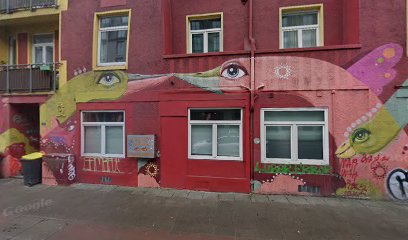
Thomas Read Irish Pub
3.0 km
Discover the heart of Hamburg's nightlife at Thomas Read Irish Pub, where authentic Irish culture meets vibrant entertainment and delicious drinks.
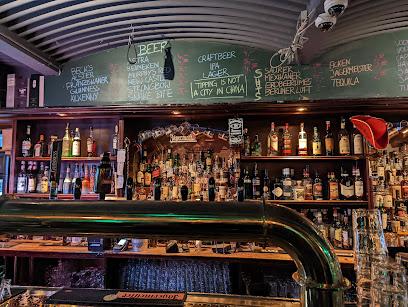
Essential places to dine
das weisse haus
0.2 km
Discover exquisite modern European cuisine at Das Weisse Haus in Hamburg, where stunning waterfront views meet culinary artistry.

Petit Amour
1.4 km
Experience gourmet dining at its finest in Hamburg's Petit Amour, where culinary artistry meets exceptional service in an elegant atmosphere.

Fischereihafen Restaurant
1.5 km
Discover Hamburg's finest seafood at Fischereihafen Restaurant with fresh dishes and stunning river views.
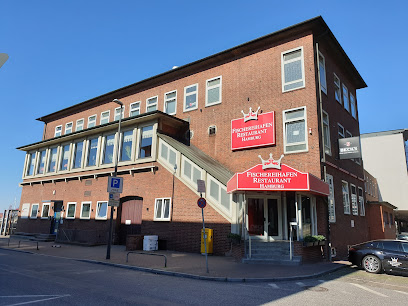
Hamburger Elbspeicher
2.4 km
Experience exquisite seafood dining at Hamburger Elbspeicher in Hamburg, where fresh flavors meet stunning riverside views.
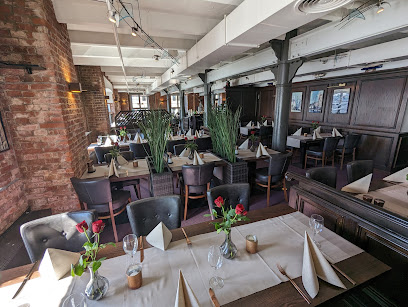
Anno 1905
3.0 km
Experience authentic German cuisine in Hamburg at Anno 1905, where tradition meets taste in a charming historical setting.
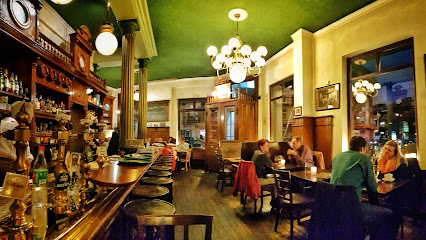
Hidden Kitchen Hamburg
3.3 km
Discover the art of fusion cuisine at Hidden Kitchen Hamburg - where local ingredients meet global flavors in an unforgettable dining experience.
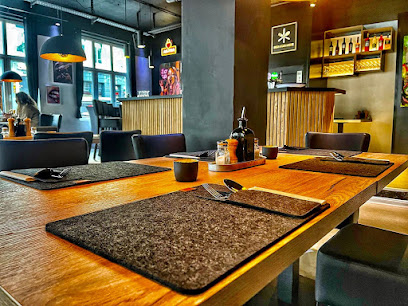
Cuneo
3.3 km
Experience authentic Italian flavors at Cuneo in Hamburg-Mitte – where every meal feels like a trip to Italy.
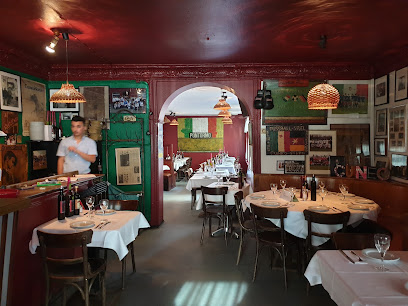
Restaurant Freudenhaus St. Pauli
3.3 km
Experience authentic German cuisine in the heart of Hamburg's vibrant St. Pauli district at Restaurant Freudenhaus.
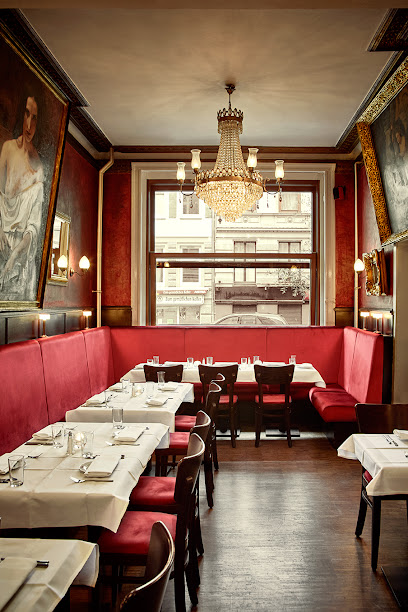
Restaurant waterkant
3.4 km
Discover the exquisite flavors of fresh seafood at Restaurant waterkant in Hamburg, where culinary innovation meets breathtaking riverside views.
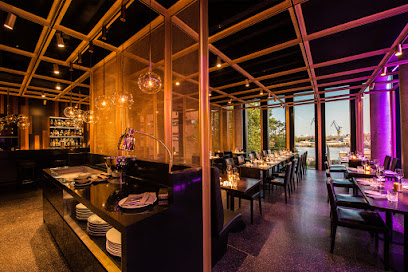
Jolie Restaurant + Cocktail & Wein
3.4 km
Discover authentic German cuisine at Jolie Restaurant + Cocktail & Wein in Hamburg – where tradition meets modern flair.
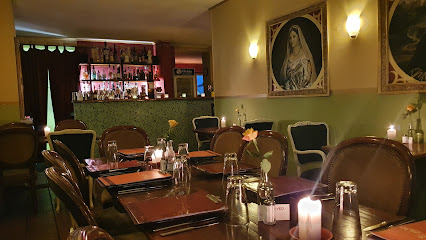
Herzblut St. Pauli
3.4 km
Experience authentic German cuisine and vibrant nightlife at Herzblut St. Pauli, where every meal becomes a celebration.
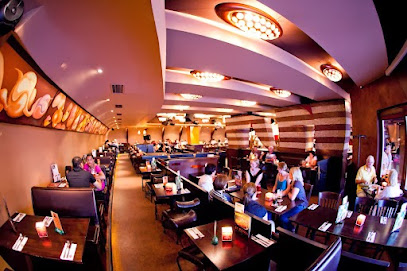
east Restaurant
3.6 km
Discover culinary excellence at east Restaurant in Hamburg—where Japanese flavors meet steakhouse sophistication.
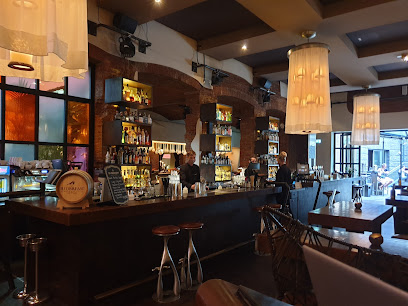
Restaurant Nil
3.6 km
Experience exquisite dining at Restaurant Nil in Hamburg - where flavors meet elegance in an unforgettable atmosphere.
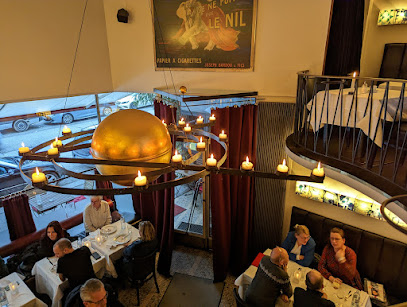
Hamborger Veermaster
3.6 km
Discover the flavors of Hamburg at Hamborger Veermaster – where traditional German cuisine meets modern dining in a cozy atmosphere.
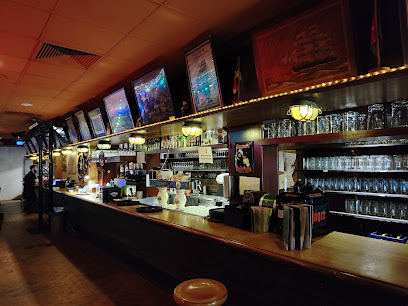
clouds Heaven’s Bar & Kitchen
3.7 km
Discover clouds Heaven’s Bar & Kitchen - where exquisite dining meets stunning views in Hamburg's iconic Reeperbahn district.
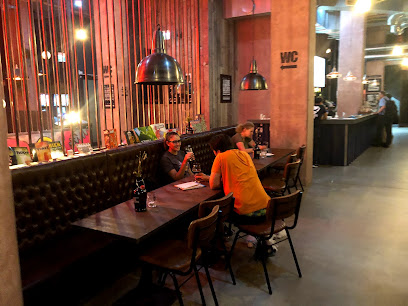
Markets, malls and hidden boutiques
Darkside Boutique
3.1 km
Shop at Darkside Boutique in Hamburg for unique alternative fashion and accessories that celebrate individuality and creativity.
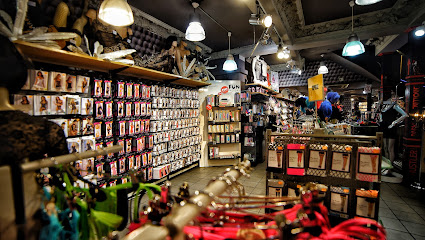
Aladin Center
3.3 km
Explore unique gifts and fashion at Aladin Center in Hamburg, a vibrant shopping haven in the heart of the Reeperbahn!
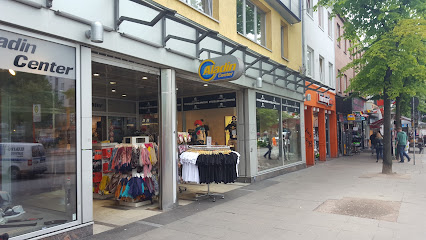
MINAKA Boutique - Damenmode Hamburg
3.3 km
Explore the trendy MINAKA Boutique in Hamburg, where fashion meets individuality with a stunning collection of women's dresses and chic clothing.
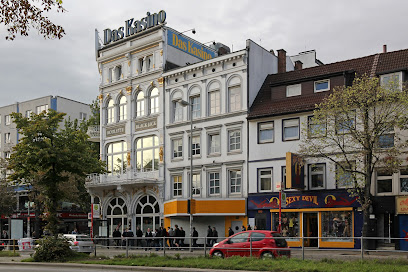
HEY DU - Atelier & Pop Up Store
3.4 km
Explore the vibrant HEY DU - Atelier & Pop Up Store in Hamburg, where unique gifts, local art, and creativity converge in a charming shopping experience.
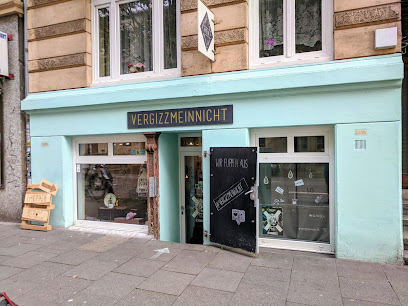
Hip Cats - Vintage Fashion
3.4 km
Discover retro treasures at Hip Cats - Vintage Fashion in Hamburg, where every piece tells a story and style knows no era.

Boutique Bizarre
3.5 km
Discover the playful and eclectic offerings of Boutique Bizarre, an adult entertainment store in Hamburg's vibrant Reeperbahn district.
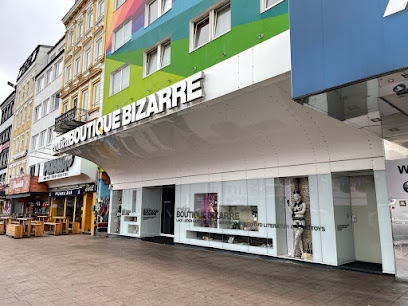
Black-Hornis
3.6 km
Explore Black-Hornis, a vibrant store in Hamburg's St. Pauli, offering unique local crafts and gifts that capture the spirit of the city.
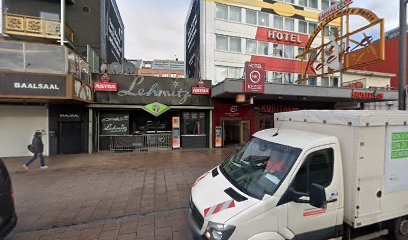
Brücken Basar GmbH
3.6 km
Discover unique souvenirs and authentic Hamburg memorabilia at Brücken Basar GmbH, your go-to shop by the St. Pauli Landungsbrücken.
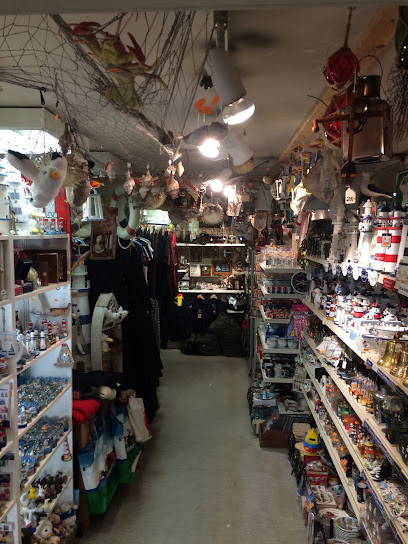
St. Pauli Shop Reloaded
3.6 km
Explore the eclectic offerings of St. Pauli Shop Reloaded, a vibrant kiosk in the heart of Hamburg's lively Reeperbahn district.
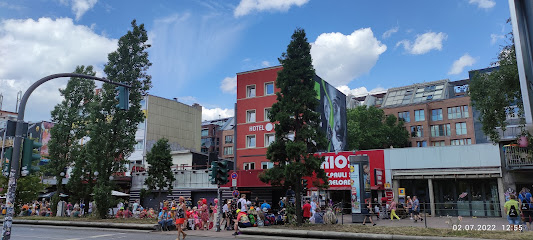
PICK WEIGHT - VINTAGE STORE KILO
3.7 km
Explore the charm of vintage fashion at PICK WEIGHT - Vintage Store Kilo, where unique finds await every fashion enthusiast in Hamburg.

I love Hamburg
3.7 km
Explore unique souvenirs that embody the spirit of Hamburg at I Love Hamburg, located by the iconic St. Pauli Landungsbrücken.

SU STORE
3.8 km
Discover chic women's fashion at SU STORE in Hamburg's trendy Altona district, where style meets local flair and unique finds await every visitor.

Kauf Dich Glücklich Hamburg
3.8 km
Explore Kauf Dich Glücklich Hamburg for a unique selection of clothing and shoes that captures the essence of local fashion and style.
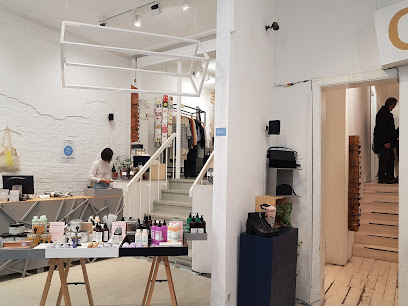
B A C K Y A R D - Hamburg Schanze
3.9 km
Discover unique fashion finds at BACKYARD - Hamburg Schanze, where creativity meets style in an unforgettable shopping experience.

Fräulein Wunder
3.9 km
Explore Hamburg's Fräulein Wunder for a unique shopping experience rich in local fashion and style.

Essential bars & hidden hideouts
The Rabbithole Bar
3.0 km
Experience the magic of unique cocktails at The Rabbithole Bar, a charming cocktail haven in the heart of Hamburg's nightlife.
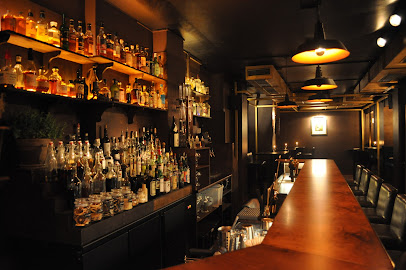
clockers
3.1 km
Experience the enchanting ambiance and innovative cocktails at Clockers, a premier bar in Hamburg's Altona district.

Roschinsky's - Bar
3.3 km
Experience the vibrant nightlife of Hamburg at Roschinsky's, a lively bar offering cocktails, music, and unforgettable moments.
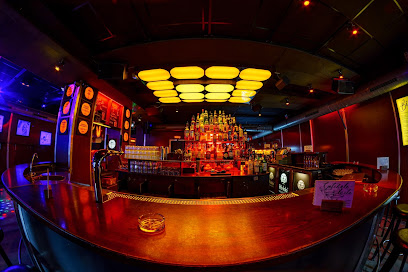
Tortuga Bar - Hamburg
3.3 km
Discover the vibrant Tortuga Bar in Hamburg, where tropical cocktails and a lively atmosphere create the perfect escape from the city.
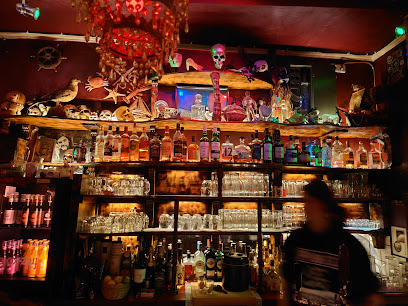
Bar Wohlzimmer
3.3 km
Experience the best of Hamburg's nightlife at Bar Wohlzimmer, where great drinks and a cozy atmosphere come together.

sanktpaulibar
3.4 km
Experience Hamburg's nightlife at Sankt Pauli Bar—where local charm meets modern vibes in the heart of St. Pauli.
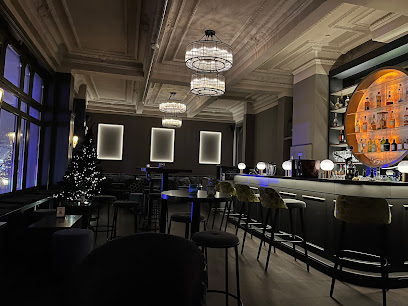
Skyline Bar 20up
3.4 km
Discover breathtaking views and exquisite drinks at Skyline Bar 20up, Hamburg’s premier cocktail and sushi bar perched above the city skyline.
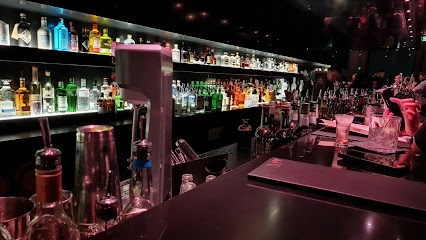
Story Bar Hamburg
3.4 km
Discover the vibrant nightlife at Story Bar Hamburg, where creative cocktails meet an energetic dance floor on the iconic Reeperbahn.

Maria Bar Hamburg St Pauli
3.4 km
Discover the energetic nightlife of Hamburg at Maria Bar in St. Pauli, where creative cocktails and a vibrant atmosphere await.

The Chug Club
3.5 km
Discover the vibrant atmosphere and unique cocktails at The Chug Club, Hamburg's must-visit cocktail bar for a delightful night out.
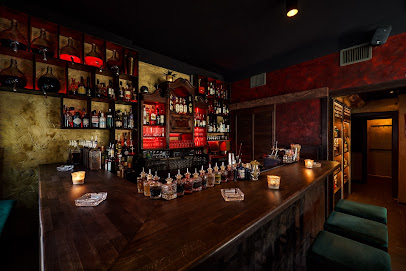
Yakshi's Bar
3.6 km
Experience Hamburg's vibrant nightlife at Yakshi's Bar – a cocktail haven blending delicious drinks with a cozy lounge vibe.
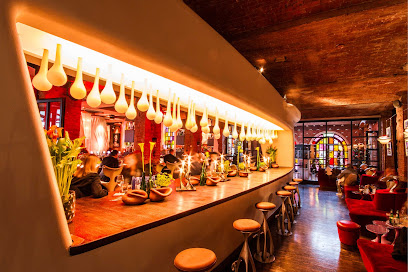
Lehmitz Reeperbahn - Bar & Club - Kiez Hamburg
3.6 km
Discover the pulsating nightlife of Hamburg at Lehmitz Reeperbahn, a lively bar and club at the heart of the iconic Reeperbahn district.
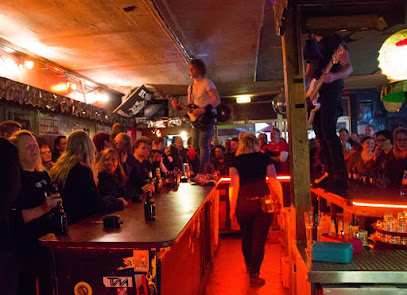
Le Fonque
3.7 km
Experience the vibrant nightlife at Le Fonque, Hamburg's stylish bar offering a diverse drink selection in a lively atmosphere.
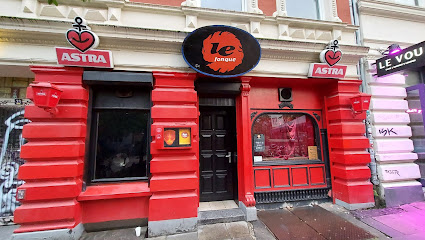
Haus 73
3.8 km
Experience the lively nightlife at Haus 73, Hamburg's favorite bar and nightclub, where great music and delicious drinks await.
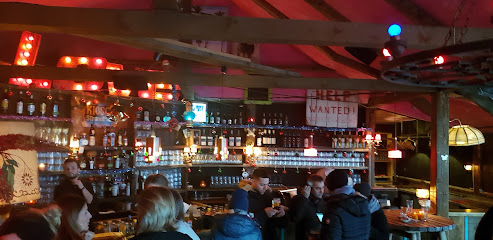
ZWICK St. Pauli
3.8 km
Discover the vibrant nightlife at ZWICK St. Pauli, where live music and delicious dining create unforgettable experiences in Hamburg.




